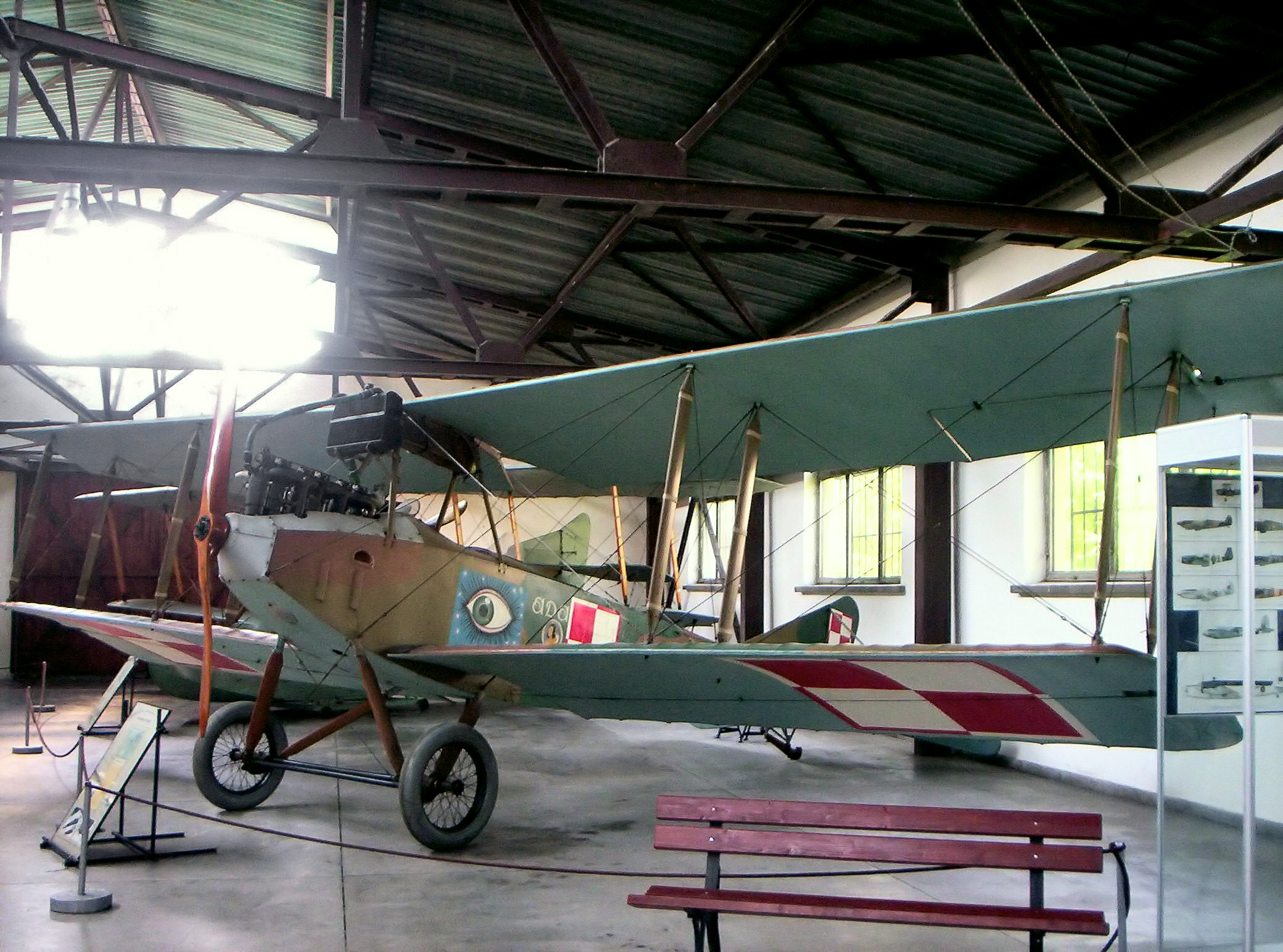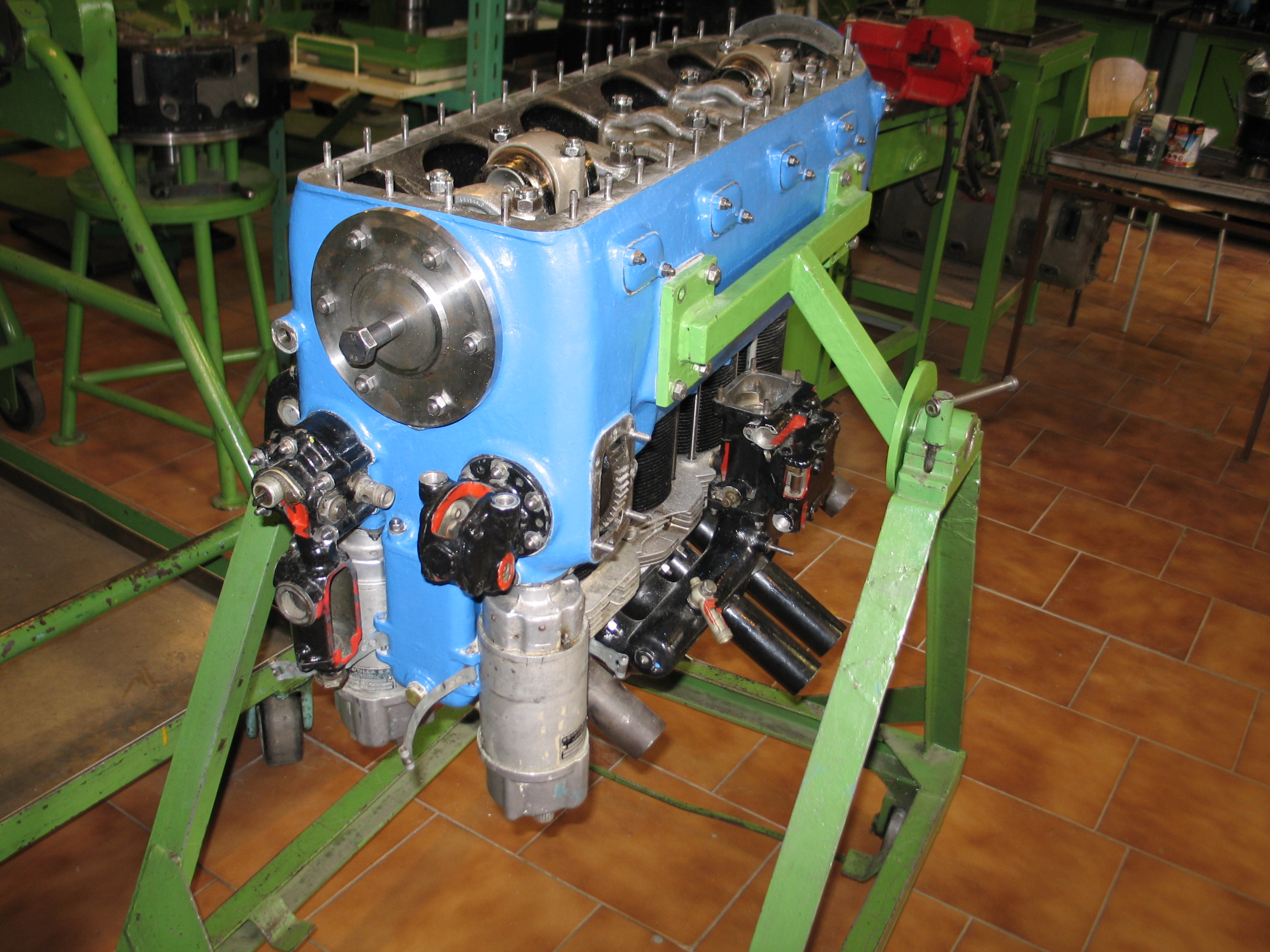|
LWD Zuch
The Zuch was a Polish aerobatics and trainer aircraft, built in 1948 in the LWD bureau and produced in a small series. Design and development The aircraft was a development of a military and civilian trainer plane LWD Junak-1, meant as a civilian aerobatics and trainer plane for the Polish Aero Club. It was designed in the ''Lotnicze Warsztaty Doświadczalne'' (LWD - Aircraft Experimental Workshops), a main designer was Tadeusz Sołtyk. The design was similar to Junak-1, the main difference was en engine. Unlike Junak, its fixed landing gear, in massive covers, was lacking struts. It was also fitted with split flaps and had slightly enlarged rudder (similar improvements were later adapted in Junak-2). Description Mixed construction (steel and wood) low-wing monoplane, conventional in layout. Fuselage of a steel frame, covered with canvas, in front with metal sheet. Two-spar wings of wooden construction and trapezoid shape, canvas and plywood covered, fitted with split flaps. ... [...More Info...] [...Related Items...] OR: [Wikipedia] [Google] [Baidu] |
WikiProject Aircraft
A WikiProject, or Wikiproject, is a Wikimedia movement affinity group for contributors with shared goals. WikiProjects are prevalent within the largest wiki, Wikipedia, and exist to varying degrees within sister projects such as Wiktionary, Wikiquote, Wikidata, and Wikisource. They also exist in different languages, and translation of articles is a form of their collaboration. During the COVID-19 pandemic, CBS News noted the role of Wikipedia's WikiProject Medicine in maintaining the accuracy of articles related to the disease. Another WikiProject that has drawn attention is WikiProject Women Scientists, which was profiled by '' Smithsonian'' for its efforts to improve coverage of women scientists which the profile noted had "helped increase the number of female scientists on Wikipedia from around 1,600 to over 5,000". On Wikipedia Some Wikipedia WikiProjects are substantial enough to engage in cooperative activities with outside organizations relevant to the field at issue. For e ... [...More Info...] [...Related Items...] OR: [Wikipedia] [Google] [Baidu] |
Flap (aircraft)
A flap is a high-lift device used to reduce the stalling speed of an aircraft wing at a given weight. Flaps are usually mounted on the wing trailing edges of a fixed-wing aircraft. Flaps are used to reduce the take-off distance and the landing distance. Flaps also cause an increase in drag so they are retracted when not needed. The flaps installed on most aircraft are partial-span flaps; spanwise from near the wing root to the inboard end of the ailerons. When partial-span flaps are extended they alter the spanwise lift distribution on the wing by causing the inboard half of the wing to supply an increased proportion of the lift, and the outboard half to supply a reduced proportion of the lift. Reducing the proportion of the lift supplied by the outboard half of the wing is accompanied by a reduction in the angle of attack on the outboard half. This is beneficial because it increases the margin above the stall of the outboard half, maintaining aileron effectiveness and reduci ... [...More Info...] [...Related Items...] OR: [Wikipedia] [Google] [Baidu] |
1940s Polish Civil Trainer Aircraft
Year 194 ( CXCIV) was a common year starting on Tuesday (link will display the full calendar) of the Julian calendar. At the time, it was known as the Year of the Consulship of Septimius and Septimius (or, less frequently, year 947 '' Ab urbe condita''). The denomination 194 for this year has been used since the early medieval period, when the Anno Domini calendar era became the prevalent method in Europe for naming years. Events By place Roman Empire * Emperor Septimius Severus and Decimus Clodius Septimius Albinus Caesar become Roman Consuls. * Battle of Issus: Septimius Severus marches with his army (12 legions) to Cilicia, and defeats Pescennius Niger, Roman governor of Syria. Pescennius retreats to Antioch, and is executed by Severus' troops. * Septimius Severus besieges Byzantium (194–196); the city walls suffer extensive damage. Asia * Battle of Yan Province: Warlords Cao Cao and Lü Bu fight for control over Yan Province; the battle lasts for over 1 ... [...More Info...] [...Related Items...] OR: [Wikipedia] [Google] [Baidu] |
LWD Aircraft , Australian contemporary dance company
{{disambig ...
LWD may refer to: * Large woody debris * Logging while drilling, on oil wells * Lotnicze Warsztaty Doświadczalne, a Polish aerospace manufacturer * Leigh Warren and Dancers, now Dance Hub SA Dance Hub SA, formerly Leigh Warren & Dancers or Leigh Warren + Dancers (LWD) and then LWDance Hub, is a contemporary dance company based in the South Australian capital of Adelaide. Formed in 1993 by Leigh Warren, the company toured i ... [...More Info...] [...Related Items...] OR: [Wikipedia] [Google] [Baidu] |
Kraków
Kraków (), or Cracow, is the second-largest and one of the oldest cities in Poland. Situated on the Vistula River in Lesser Poland Voivodeship, the city dates back to the seventh century. Kraków was the official capital of Poland until 1596 and has traditionally been one of the leading centres of Polish academic, economic, cultural and artistic life. Cited as one of Europe's most beautiful cities, its Old Town with Wawel Royal Castle was declared a UNESCO World Heritage Site in 1978, one of the first 12 sites granted the status. The city has grown from a Stone Age settlement to Poland's second-most-important city. It began as a hamlet on Wawel Hill and was reported by Ibrahim Ibn Yakoub, a merchant from Cordoba, as a busy trading centre of Central Europe in 985. With the establishment of new universities and cultural venues at the emergence of the Second Polish Republic in 1918 and throughout the 20th century, Kraków reaffirmed its role as a major national academic and a ... [...More Info...] [...Related Items...] OR: [Wikipedia] [Google] [Baidu] |
Polish Aviation Museum
The Polish Aviation Museum ( pl, Muzeum Lotnictwa Polskiego w Krakowie) is a large museum of historic aircraft and aircraft engines in Kraków, Poland. It is located at the site of the no-longer functional Kraków-Rakowice-Czyżyny Airport. This airfield, established by Austria-Hungary in 1912, is one of the oldest in the world. The museum opened in 1964, after the airfield closed in 1963. Has been scored as eighth world's best aviation museum by CNN. For the first half century of its existence the museum used four hangars of the former airfield to display its exhibits. These buildings were not originally designed for this purpose and suffered from various inadequacies, notably insufficient heating in winter. The situation improved when a new main building for the museum opened on 18 September 2010. Collection The collection consists of over 200 aircraft as of 2005. Several of the aircraft displayed are unique on the world scale, including sailplanes and some 100 ai ... [...More Info...] [...Related Items...] OR: [Wikipedia] [Google] [Baidu] |
Aeroklub Polski
Aeroklub Polski (AP; ''Polish Aero Club'') is the Polish central association of persons practising air sports or recreational flying. It was founded in 1921 and is a member of the Fédération Aéronautique Internationale. It has a headquarters in Warsaw. History Aviation organizations could be founded in Poland only after regaining independence in 1918. The first such organization was Aeroklub Polski w Poznaniu (''PAC in Poznań''), founded on 30 October 1919 and admitted to the FAI in 1920. In June 1920 there was founded Aeroklub Polski w Warszawie (''PAC in Warsaw''). On 18 January 1921 both Aero Clubs formed a central federation Aeroklub Rzeczypospolitej Polskiej (ARP; ''Aero Club of the Polish Republic''). By 1939, there were created several other regional aero clubs, including some university aero clubs. Before the World War II, members of the ARP took active part in world's aviation sports. The first major international event was the Challenge 1930 touring planes conte ... [...More Info...] [...Related Items...] OR: [Wikipedia] [Google] [Baidu] |
1955 In Aviation
This is a list of aviation-related events from 1955: Events * The British Overseas Airways Corporation (BOAC) acquires a 49 percent ownership stake in Middle East Airlines, displacing Pan American World Airways as an owner of the airline. January * The second prototype of the United States Navy's Grumman F9F-9 supersonic fighter becomes the first version of what will become the Grumman F11F Tiger to fly with an afterburner fitted.Polmar, Norman, "A Limited Success," ''Naval History'', August 2015, p. 64. * January 1 – The United Kingdoms first atomic bomber unit, the Royal Air Forces No. 138 Squadron, is formed, flying Vickers Valiants from RAF Gaydon. * January 10 **Aircraft of the People's Republic of China attack the Nationalist Chinese-held Tachen Islands. **The Government of Pakistan nationalizes Orient Airways. **After an extensive overhaul, the attack aircraft carrier is recommissioned as the first operational United States Navy aircraft carrier with an an ... [...More Info...] [...Related Items...] OR: [Wikipedia] [Google] [Baidu] |
Bramo Sh 14
The Siemens-Halske Sh 14 was a seven-cylinder air-cooled radial engine for aircraft produced in Germany in the 1920s and 1930s. First run in 1928, it was rated at 93 kW (125 hp). Applications * Albatros L 82 * Ambrosini SAI.3 * Ambrosini SAI.10 * BFW M.23 * BFW M.29 * BFW M.35 * Blohm & Voss Ha 135 * Bücker Bü 133C Jungmeister * Command-Aire 3C3-BT * Doblhoff WNF 342 * Flettner Fl 185 * Flettner Fl 265 * Flettner Fl 282 * Focke-Wulf C.20 * Focke-Wulf C.30 Heuschrecke * Focke-Wulf Fw 44 * Focke-Wulf Fw 61 * Heinkel He 72 * LWD Szpak * LWD Zuch * Nuri Demirağ Nu D.38 * Prudden XM-1 * Prudden TM-1 * RWD-17W * Rogozarski SIM-VIII * Rogozarski SIM-XI * SIM-II * VL Viima Specifications (Bramo Sh 14A-4) See also * Continental R-670 * Jacobs R-755 * Warner Scarab The Warner Scarab is an American seven-cylinder radial aircraft engine, that was manufactured by the Warner Aircraft Corporation of Detroit, Michigan in 1928 through to the early 1940s. In ... [...More Info...] [...Related Items...] OR: [Wikipedia] [Google] [Baidu] |
Walter Minor 6-III
The Walter Minor is a family of four- and six-cylinder inverted inline air-cooled engines, developed under auspices of ing. Šimůnek and used on light aircraft. First produced in 1929, the Minor engines' family has an advanced design for the period and sports steel cylinders, aluminum heads and overhead valves, with identical bore and stroke of and , respectively. Typical power ratings varied from . After Walter concentrated on the turbine powerplants only, the production of piston engines has been transferred to the Avia company that further developed the family, bringing fuel injection, as the Avia M-137 and M-337. Nowadays the smallest of the family, the four-cylinder carburetted Minor, is produced by a small company in the Czech Republic, while the M337 was available from the LOM Prague. Variants 4 Cylinder ;Minor 4-I: ;Minor 4-II: ;Minor 4-III: ;Minor 4-IIIS: A 4-III fitted with a crankshaft driven supercharger. ;Minor M 332 (4 cyl.) 6 Cylinder ;Minor 6-I: ;Minor 6-II ... [...More Info...] [...Related Items...] OR: [Wikipedia] [Google] [Baidu] |
Aircraft Canopy
An aircraft canopy is the transparent enclosure over the cockpit of some types of aircraft. An aircraft canopy provides a controlled and sometimes pressurized environment for the aircraft's occupants, and allows for a greater field of view over a traditional flight deck. A canopy's shape is a compromise designed to minimize aerodynamic drag, while maximizing visibility for pilots and other crewmembers. History Very early aircraft had no canopies. The pilots were exposed to the wind and weather, although most flying was done in good weather. Through World War I most aircraft had no canopy, although they often had a small windshield to deflect the prop wash and wind from hitting the pilot in the face. In the 1920s and 1930s, the increasing speed and altitude of airplanes necessitated a fully enclosed cockpit and canopies became more common. Early canopies were made of numerous pieces of flat glass held in position by a frame and muntins. The muntins reduced visibility, which w ... [...More Info...] [...Related Items...] OR: [Wikipedia] [Google] [Baidu] |



